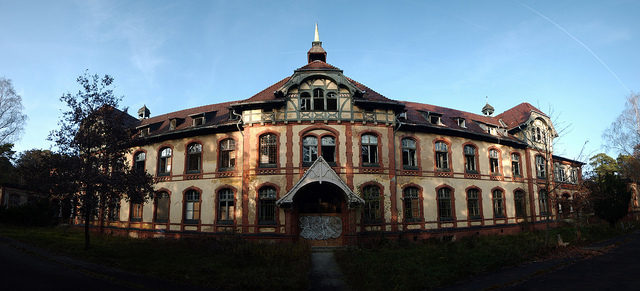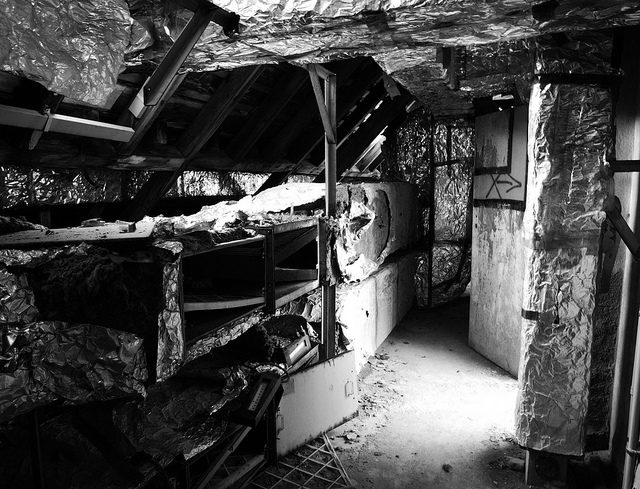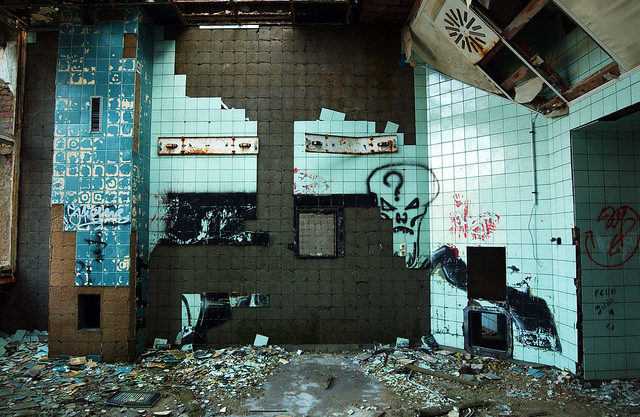It’s fascinating just how some particular buildings can represent gateways, time capsules to the past. Being an old, derelict mansion with a rich family history or a house abandoned for some reason, every one of them has its own legend to tell.

But some abandoned buildings hold a more detailed, specific stories around them, and the people who lived or worked there were direct witnesses of some of the history’s horrid and heinous past. And their crumbling architecture stands today as evidence of that.


The Beelitz Military Hospital is one of those buildings. The now eerie empty corridors, dark rooms, the rusty beds and the vine-covered construction of the complex are shrouded in mystery and it almost feels like they are still keeping secrets from us, just waiting to be revealed.


Built in 1898, the Berlin Workers’ Health Insurance Corporation designed this 60-building hospital complex to serve as a sanatorium for people who were suffering from tuberculosis, back when it was a widespread and merciless disease. Located in the district of Beelitz Heilstatten, in the middle of a forest, just 30 miles southwest of Berlin, it formed the largest hospital complex in the region.


However, when the first World War hit, the sanatorium needed to be turned into a military field hospital for the Imperial German Army. The facility took care of the soldier’s wounds and injuries and was providing them comfort and a piece of mind.
Toward the end of 1916, young Adolph Hitler was admitted in here, after being wounded in the leg at the Battle of the Somme, a fact for which the hospital is most known for.


This event gives a somewhat ironic twist to the story because his successful treatment would set the stage for the hospital once again to be used as a field hospital, treating wounded Germans during WWII. Allegedly, during this time, the facility was also used for all sorts of inhuman experiments.

In 1945, Beelitz was occupied by the Red Army, and until 1994, it remained a Soviet military hospital, long after the fall of the Berlin wall. The most infamous patient that was treated during this time was the head of the defunct East German government, Erich Honecker, who had liver cancer.

After the Soviet withdrawal from Germany, there were some attempts to privatize the hospital, which proved unsuccessful.

Today, most of the hospital is abandoned, derelict, filled with graffiti and left in decay. That includes the surgery and the psychiatric ward. Only small sections of the complex are still used for neurological rehabilitation and Parkinson’s research.
And because the facility is not secured, or guarded, it has become a popular place for urban explorers, curious visitors, and photographers. It also attracted the attention of filmmakers, and some movies used this hospital as a film set, including 2001 The Pianist, Tom Cruise’s Valkyrie and most recently, A Cure for Wellness.
